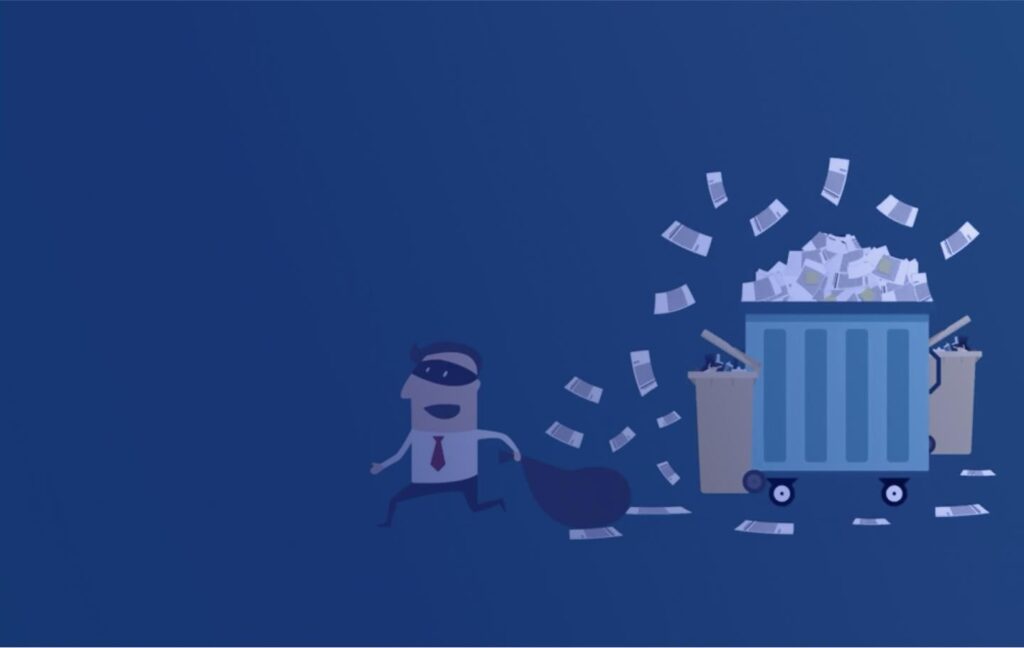In an unexpected turn of events, dumpster divers have unearthed a trove of valuable items discarded inside the trash bins of a local store, sparking interest and conversation among both enthusiasts and community members. According to those involved, the findings include goods still in usable condition-prompting one diver to remark, “That’s the good stuff.” This discovery sheds light on the often-overlooked practice of dumpster diving and raises questions about consumer waste and retail disposal habits.
Dumpster Divers Unearth High-Value Items in Retail Store Waste
Late last week, a group of dumpster divers uncovered a trove of valuable goods discarded by a local retail giant. Hidden among the typical refuse were high-demand electronics, unopened luxury skincare products, and seasonal clothing items still bearing tags. The unexpected haul has prompted a conversation about waste management practices and the hidden value within retail disposal streams. One diver commented, “Finding untouched gadgets and brand-new apparel was a real surprise-it’s the good stuff most people never get to see.”
The divers shared a preliminary inventory highlighting their discovery:
- Wireless earbuds: 15 pairs, sealed
- Designer scarves: 10 pieces, with tags
- Luxury face serums: 25 bottles, full size
- Seasonal jackets: 8 items, various sizes
| Category | Quantity Found | Estimated Retail Value |
|---|---|---|
| Electronics | 15 | $2,250 |
| Clothing | 18 | $1,440 |
| Beauty Products | 25 | $1,750 |
Understanding the Hidden Market for Discarded Goods and Its Economic Impact
Beneath the surface of conventional retail lies a thriving underground economy fueled by discarded goods often overlooked by consumers and store owners alike. Dumpster diving, once dismissed as a fringe activity, has evolved into a lucrative means of salvaging high-value items from store trash cans. These scavengers uncover everything from near-expired gourmet foods and perfectly functional electronics to gently damaged merchandise that retailers deem unsellable. This hidden market not only challenges traditional perceptions of waste but also highlights a significant shift in resource utilization, emphasizing circular economy principles in action.
The economic impact of this subculture can be broken down into several key effects:
- Reduction in landfill waste: Diverting usable goods from waste streams alleviates environmental burdens.
- Creation of informal trade networks: Reselling salvaged items fosters community-driven microeconomies.
- Pressure on retail policies: Businesses reconsider markdown and donation strategies to minimize losses.
| Category | Typical Items Found | Estimated Market Value |
|---|---|---|
| Food & Beverage | Packaged snacks, bakery | $50-$200 per haul |
| Electronics | Chargers, accessories | $30-$150 per haul |
| Clothing & Apparel | Returns, slight defects | $20-$100 per haul |
Best Practices for Retailers to Minimize Waste and Support Responsible Disposal
Retailers play a pivotal role in reducing the volume of waste funneled into landfills by adopting strategic measures that encourage responsible disposal and repurposing practices. Simple adjustments such as accurate inventory forecasting and improved packaging can significantly reduce leftover stock and damaged goods that often end up discarded. Equally important is the implementation of clear labeling for products nearing expiration or those returned but still usable, which enables employees and third-party partners to redirect these items to donation centers or recycling facilities instead of trashed bins. Investing in staff training on waste segregation and collaborating with local organizations focused on redistribution can transform what once was discarded “junk” into valuable resources.
Creating a standardized waste management plan helps retailers monitor disposal habits and benchmark progress toward sustainability goals. Below is an example of a straightforward framework that stores can follow:
| Action | Goal | Outcome |
|---|---|---|
| Regular inventory audit | Minimize overstock | Reduce expired waste by 30% |
| Employee training on sorting | Accurate waste separation | Increase recycling rates by 25% |
| Partnership with food banks | Donate surplus edible goods | Less landfill contribution |
| Customer awareness signage | Encourage responsible disposal | Community engagement up 40% |
- Utilize technology: Track product lifecycles to predict and prevent waste.
- Optimize packaging: Use eco-friendly, minimal materials to lower discard rates.
- Promote returns and resale: Develop clear policies allowing customers to return or buy discounted near-expiry items.
The Conclusion
The surprising find by these dumpster divers highlights a growing conversation around waste, consumption, and sustainability in retail. As more individuals turn to unconventional methods to salvage usable goods, stories like this underscore the complexities of modern disposal practices and the unexpected value hidden in what many consider trash. Whether hailed as resourceful or controversial, such discoveries continue to challenge perceptions about waste and the potential within discarded materials.
